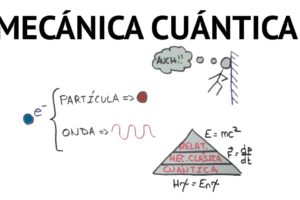Description
Con este curso gratuito de 28 lecciones en vídeo aprenderás sobre los conceptos más importantes de Óptica en Selectividad, PAU
La óptica (del latín medieval opticus, relativo a la visión, proveniente del griego clásico ὀπτικός, optikós)1 es la rama de la física que involucra el estudio del comportamiento y las propiedades de la luz, incluidas sus interacciones con la materia, así como la construcción de instrumentos que se sirven de ella o la detectan. La óptica generalmente describe el comportamiento de la luz visible, de la radiación ultravioleta y de la radiación infrarroja. Al ser una radiación electromagnética, otras formas de radiación del mismo tipo como los rayos X, las microondas y las ondas de radio muestran propiedades similares.
La mayoría de los fenómenos ópticos pueden explicarse utilizando la descripción electrodinámica clásica de la luz. Sin embargo, la óptica práctica generalmente utiliza modelos simplificados. El más común de estos modelos, la óptica geométrica, trata la luz como una colección de rayos que viajan en línea recta y se desvían cuando atraviesan o se reflejan en las superficies. La óptica física es un modelo de la luz más completo, que incluye efectos ondulatorios como la difracción y la interferencia, que no se pueden abordar mediante la óptica geométrica.
Algunos fenómenos dependen del hecho de que la luz muestra indistintamente propiedades como onda y partícula. La explicación de estos efectos requiere acudir a la mecánica cuántica. Al considerar las propiedades de la luz similares a las de las partículas, se puede modelar como un conjunto de fotones individuales. La óptica cuántica se ocupa de la aplicación de la mecánica cuántica a los sistemas ópticos.
La óptica como ciencia es un campo muy relevante, y es estudiada en muchas disciplinas con las que está íntimamente relacionada, como la astronomía, varios campos de la ingeniería, la fotografía y la medicina (particularmente la oftalmología y la optometría). Las aplicaciones prácticas de la óptica se encuentran en una gran variedad de tecnologías, incluidos espejos, lentes, telescopios, microscopios, equipos láser y sistemas de fibra óptica.






Reviews
There are no reviews yet.